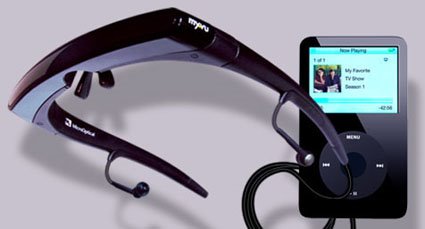

“They’ve always had the workers wearing them for personal safety,” Snawder said, “but now that they can be associated with a wearable, or networked, or with the internet of things, a guy in an office can look at his desk and see what the monitor is measuring.”Īnother potential use is proximity detection inside mines or at construction sites.

One use for wearables, Snawder said, is taking a device that’s already in use, such as a personal gas monitor, and giving it the ability to send data to another interested party. “If it’s used for safety and health, they are more open.” ‘A big benefit’ “If people see that this information is monitoring their productivity, absolutely, they are not happy about that,” said SangHyun Lee, an associate professor in the department of civil and environmental engineering at the University of Michigan. That’s why experts say it’s important to lay down the groundwork and gain the trust of employees before turning to these new-wave devices. To some workers, however, these watchful eyes may be perceived as prying eyes. “The greatest benefit of this technology is that, as a worker, you’re not alone in terms of your safety,” said John Snawder, co-director of the NIOSH Center for Direct Reading and Sensor Technologies and acting chief of the agency’s Biomonitoring and Health Assessment Branch. What most of these devices have in common is they give safety professionals and other employees a set of watchful eyes to help ensure the health and well-being of the workforce, particularly lone workers. In the safety world, “wearables” can include “smart” personal protective equipment, glasses with heads-up displays and hard hats with sensors. It covers all types of devices, from the small fitness device on your wrist to a full-body exoskeleton. Wearable technology entails attaching mobile electronics to the body for a broad spectrum of purposes.

NIOSH recommends alleviating privacy concerns through transparency and giving employees the opportunity to opt out of programs.Among the uses for wearables are proximity detection, ergonomics, and monitoring fatigue and stress levels.


 0 kommentar(er)
0 kommentar(er)
